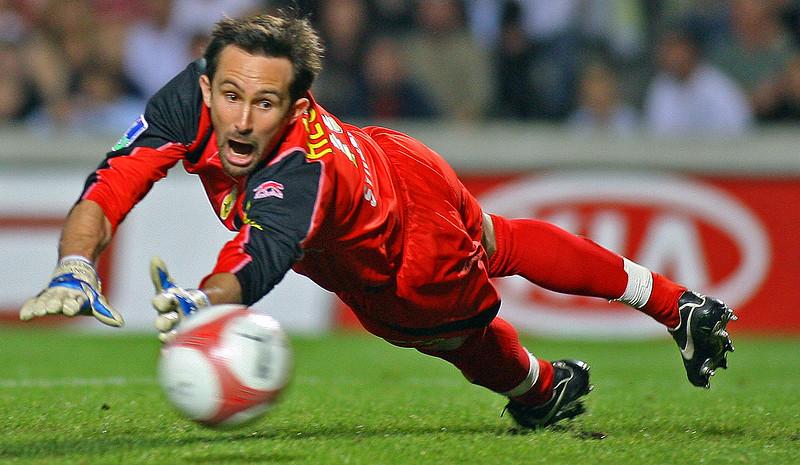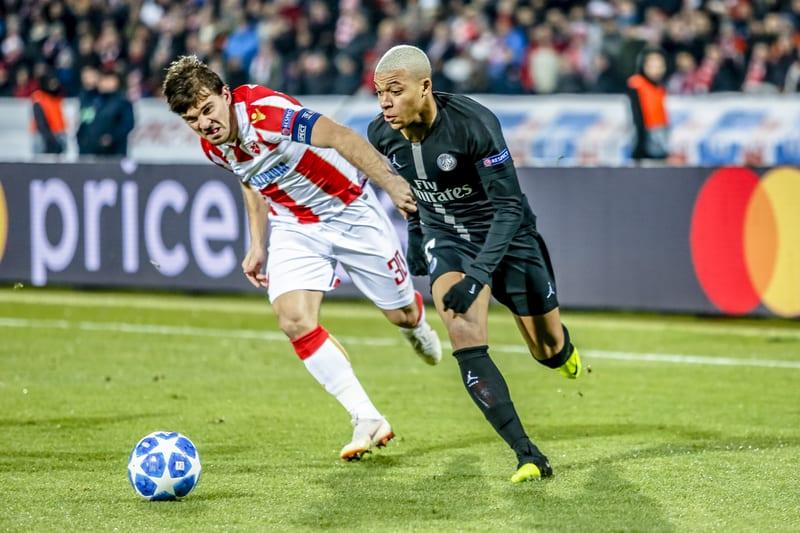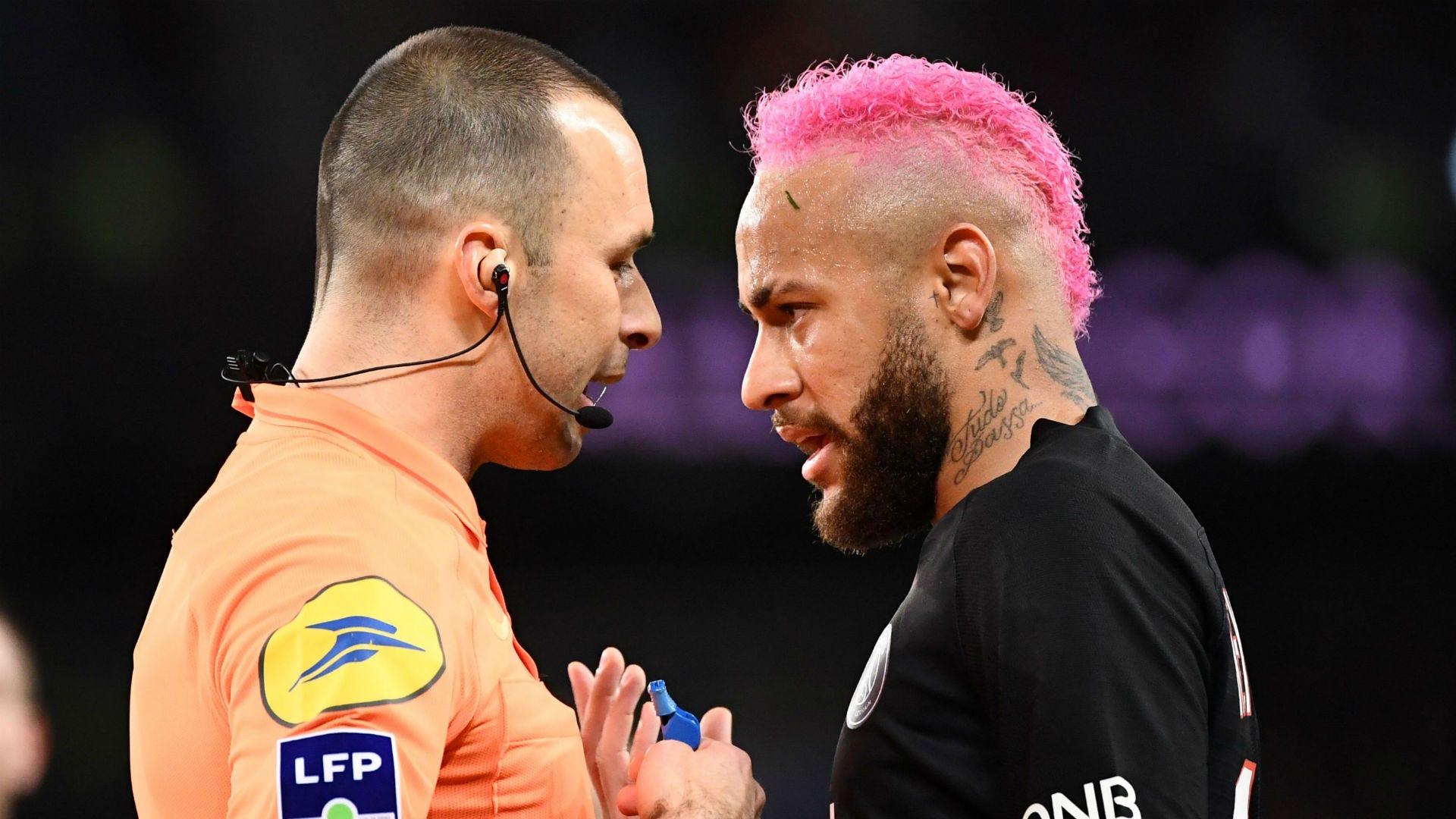If you play soccer as a goalie, you put your body in harm’s way when you attempt to prevent your opponents from scoring. Your efforts can take a toll on your body, especially your hands. Let’s take a closer look at some common hand injuries you may suffer as a goalie, why they happen, and how to prevent them.
Metacarpal and Phalanges Fractures
Fractures involving the metacarpal and phalanges, the scientific names for the hand and finger bones, are some of the most common sporting injuries. As a goalkeeper, you have a higher risk of getting a fracture than most athletes. These fractures usually happen when you try to stop a shot with your hands. Your hands absorb the impact of a fast-traveling ball and can cause your hand and fingers to move unnaturally. If the ball is too fast or hits you at the wrong angle, it can break your bones.
These injuries can keep you sidelined for a substantial period, with an average recovery time of 26 days for a metacarpal fracture and 55 days for a phalange fracture. Stable injuries can heal with conservative management, such as a splint. However, more serious fractures may require an operation to fix them.
Scaphoid Fractures
Fractures of the scaphoid bone in the wrist are also common among goalkeepers. These injuries may happen when you’re stopping a shot, colliding with another player, or hitting the field when attempting to stop a goal. Scaphoid fractures can be challenging to detect as they may not cause tenderness and can be tricky to see on X-rays. Delaying treatment reduces the blood supply to the bone, which may lead to nonunion of the bones and wrist arthritis.
Xem thêm : The Best Germany XI of All Time: A Tribute to Legends
Doctors can diagnose a scaphoid fracture with a scaphoid X-ray or MRI scan. Depending on the type of fracture, they can heal in a cast after eight to 12 weeks. However, wrist stiffness may prevent you from playing for several weeks. Minor scaphoid injuries may require operative fixation, especially acute proximal pole fractures that may not heal correctly without surgery.
Radius Fractures
The radius bone is another wrist bone vulnerable to fractures during soccer games. You might fracture your radius when trying to make a save on a direct shot, and the ball pushes your hand backward towards your wrist. This type of fracture is most common in young adolescent goalies, especially when they use adult-sized balls instead of junior ones.
Usually, a radius fracture resolves itself after it has spent time in a plaster cast. Severe radius fractures may require minor surgical intervention to heal properly. On average, players lose 42 days of playing time due to a radius fracture.
Dislocations
Goalies may also experience dislocations, where the bones separate at the point where they meet at the joint. Finger dislocations, caused by the ball impacting the palm side of the finger when you’re reaching out to stop a goal, are the most common injuries. They’re usually minor concerns that just need strapping, but a dislocation might require surgery in rare cases. Surgery can also help if you have recurrent dislocations.
Scapholunate ligament injuries, a type of wrist dislocation, can occur due to falls. As X-rays usually appear normal, these injuries are often misdiagnosed as sprains. Physiotherapy is the normal treatment for minor scapholunate ligament injuries. If your injury is more stable, you may need an operation to repair it, which could take you out of the game for three months.
Tendon Ruptures
As a goalkeeper, you can also rupture the tendons in your hand when you punch the ball away, collide with other players, or crash into the goalposts. Ruptured tendons are fairly serious injuries that require a surgical fix. You should also expect a rehabilitation period before you get back on the field.
Mallet Finger Injuries
Xem thêm : The Best Backyard Soccer Goals for 2023
Mallet finger, or baseball finger, is a tendon injury that can occur when the ball hits the tip of your finger or thumb, forcing it into an unnatural position. Depending on how the ball hits you, you might have a single mallet finger injury or injure several fingers at once. It’s a fairly minor injury that can usually heal with the aid of a mallet splint. If that doesn’t work, you may need operative stabilization.
Collateral Ligament Injuries
You might get a collateral ligament injury, commonly called a sprain, in your fingers or wrist when you stop a ball, fall, or collide with other players or the goalpost. These injuries are usually pretty minor. If you take it easy, it’ll probably heal on its own. However, sprained thumbs can be a bit more serious. If you suffer a serious thumb sprain, you may need a surgical fix to return to the game.
How To Prevent Common Hand Injuries
There is no foolproof way to prevent hand injuries while playing soccer, but the following strategies can reduce your risk:
- Strengthen your fingers by practicing throwing and catching drills and medicine ball exercises.
- Tape your fingers and wrists before each game for extra support. Taping isn’t necessary during practice, as it can prevent you from building muscle.
- Wear protective goalkeeper gloves with fingersaves when training and playing in a match.
- Play with balls that are suitable for your age.
- Encourage more experienced players to be cautious when shooting around you.
If your soccer game has taken a toll on your hands, come and see the professionals at The Hand and Wrist Institute. Our experienced team understands sports injuries and how to help you recover to get you ready for your next match in no time. Schedule an appointment online or call us at 855-558-4263 to learn how we can help you manage your soccer injuries.
The Goalkeeper’s Anxiety! by Herve Simon is licensed with CC BY 2.0
FAQs
Q: How long do metacarpal and phalanges fractures take to heal?
A: Metacarpal fractures take an average of 26 days to heal, while phalange fractures take around 55 days.
Q: How can scaphoid fractures be diagnosed?
A: Scaphoid fractures can be diagnosed with a scaphoid X-ray or MRI scan.
Q: Can radius fractures heal without surgery?
A: Minor radius fractures can heal with a plaster cast, but severe fractures may require surgical intervention.
Q: Can finger dislocations be treated without surgery?
A: Most finger dislocations can be treated with strapping, but surgery may be required in rare cases or for recurrent dislocations.
Conclusion
As a goalkeeper, protecting your hands is crucial for your performance and long-term health. Understanding the common hand injuries that goalies face and following preventive measures can help keep you on top of your game. Strengthen your fingers, wear protective gloves, and play with suitable balls for your age. And if you do sustain a hand injury, consult with professionals who specialize in sports injuries to ensure a speedy recovery and return to the field.
Nguồn: https://www.pesstatsdatabase.com
Danh mục: Sport





